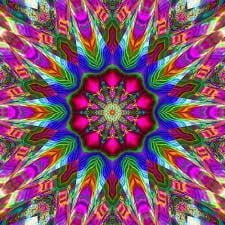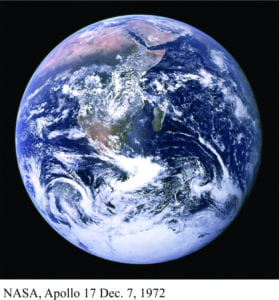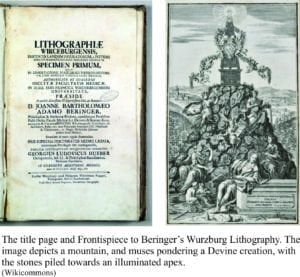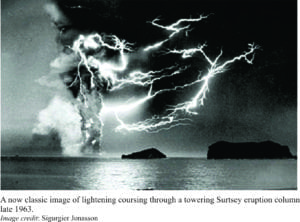This is the first post in a series on the geological world under a microscope
As a kid visiting my Scottish grandparents, I would make a bee-line for two delights in their house (after the hugs); the kitchen (following my nose) to the inevitable trays of homemade donuts and shortbread, and the living room credenza wherein was kept an old kaleidoscope. It was a triangular prism (most modern forms are tubes), filled with glitter, two mirrors at one end, and a peep-hole at the other. This simple toy introduced me to the world of symmetrical, kaleidoscopic, never-repeated patterns. Years later, as a geology student, I was introduced to optical mineralogy, the science and art of identifying minerals under a polarizing microscope – flashbacks to my childhood. Continue reading





